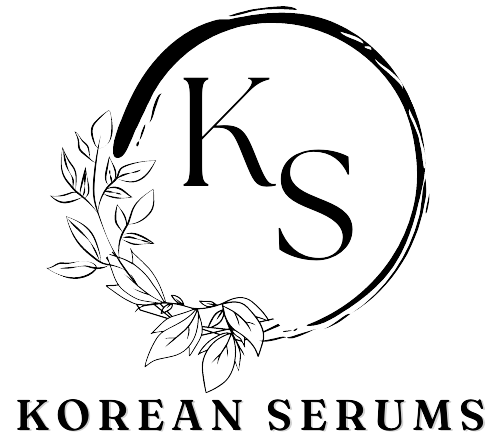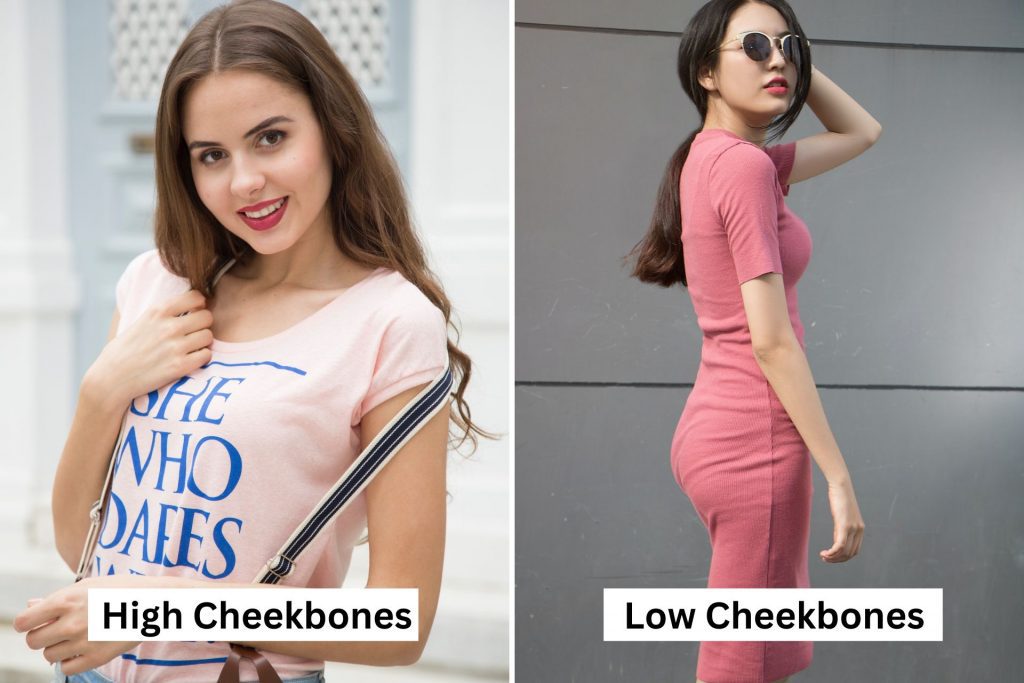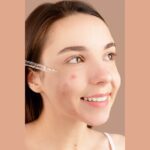When it comes to facial features, cheekbones play an important role in shaping the face and adding a unique dimension to one’s appearance. While some people are blessed with high and prominent cheekbones, others have a lower and more subtle contour. This blog will delve into the differences between high and low cheekbones, their importance, and how they affect our overall appearance.
Understanding Cheekbones
Cheekbones are the bony prominence located in the middle of the face, just below the eye socket and above the jawline. They are also known as zygomatic bones or malar bones. Cheekbones provide structure to the face and support the muscles that help us chew and talk. They also play an important role in facial expressions, such as smiling and frowning.
High Cheekbones vs Low Cheekbones
High Cheekbones
High cheekbones are highly desirable in many cultures, as they are often associated with beauty, youthfulness, and a more symmetrical face. They are characterized by a prominent bone structure that creates a deep hollow beneath the eyes and a more defined contour from the cheek to the jawline.
People with high cheekbones are often considered to have a more chiseled and angular face shape. High cheekbones can make the eyes appear more prominent and help to create a more symmetrical and balanced appearance. In some cultures, high cheekbones are also a sign of good genetics, as they are often associated with European and Native American ancestry.
Low Cheekbones
On the other hand, low cheekbones have a less defined structure and are often characterized by a flatter, less prominent appearance. This can create a less angular or rounded facial contour, and may make the eyes appear less pronounced. However, low cheekbones can also create a softer and more youthful appearance, as they are often associated with baby faces or rounder, more feminine features.
Importance of Cheekbones in Facial Aesthetics
Cheekbones play a significant role in facial aesthetics, and can greatly impact our overall appearance. High cheekbones can create a more sculpted and defined facial structure, while low cheekbones can create a softer and more youthful appearance. Understanding the importance of cheekbones in facial aesthetics can help us make more informed decisions about how we approach our own appearance.
Causes of High Cheekbones:
Their genetics largely determines the shape of a person’s cheekbones. Prominent zygomatic bones, along with the amount of fat and muscle in the cheeks, are major contributing factors to the appearance of high cheekbones.
Accentuating High Cheekbones:
There are several methods to accentuate high cheekbones. One of the most popular methods is through makeup, with contouring being a key technique. By using a darker shade of foundation or bronzer under the cheekbones and a lighter shade above them, the cheekbones can appear even more prominent.
Another way to accentuate high cheekbones is through hairstyles that pull the hair backwards from the face. This can help to highlight the cheekbones and create a more angular appearance.
Causes of Low Cheekbones:
Like high cheekbones, the shape of a person’s cheekbones is largely determined by their genetics. People with low cheekbones often have flatter zygomatic bones and less fat and muscle in the cheeks, resulting in a less prominent appearance.
Accentuating Low Cheekbones:
While high cheekbones are often seen as more desirable, there are several ways to accentuate low cheekbones. One method is to use blush to create the illusion of higher cheekbones. By applying blush just above the cheekbones and blending it out, the cheeks can appear more lifted.
Hairstyles can also help to accentuate low cheekbones. Styles that frame the face, such as long bangs or layers, can draw attention to the cheeks and make them appear more prominent.
For those who desire a more defined or prominent cheekbone structure, facial fillers can be a non-surgical and effective solution. Dermal fillers such as hyaluronic acid or calcium hydroxylapatite can be injected into the cheeks to add volume and create a more pronounced and defined contour. This treatment is relatively quick, with little to no downtime, and can provide long-lasting results.
Facial exercise is another way to enhance cheekbones without surgery or fillers. Regularly performing facial exercises can tone the muscles around the cheekbones and create a more defined and lifted appearance.
Cheekbones and Cultural Significance
In some cultures, high cheekbones are often viewed as a sign of beauty and good genetics. For example, in Western societies, high cheekbones are associated with a more symmetrical and attractive face. Additionally, high cheekbones are often considered an indicator of youthfulness and vitality. In certain Native American cultures, high cheekbones are also seen as a symbol of strength and endurance. This is why many Native American artworks depict individuals with high cheekbones.
On the other hand, low cheekbones are viewed as more attractive in certain parts of the world. In East Asian cultures, lower cheekbones are generally more desirable. Low cheekbones are often associated with a rounder and softer face, considered more youthful and feminine. In some African cultures, flatter mid-face and lower cheekbones are also attractive.
Cultural norms and values often influence people’s perceptions of their own facial features. For example, people with higher cheekbones in Western societies may feel more confident and attractive, while those with lower cheekbones may feel less so. Similarly, in East Asian cultures, those with lower cheekbones may feel more confident and attractive.
It is also worth noting that cultural norms and values surrounding cheekbones and facial features are not set in stone. They can change over time, with beauty standards and ideals evolving as society changes. Additionally, cultural norms surrounding cheekbones and facial features can vary within a single culture or ethnicity, with different subgroups placing varying degrees of importance on certain facial features.
Conclusion
High and low cheekbones are two distinct facial features primarily determined by genetics. While high cheekbones are often seen as more desirable, low cheekbones can have their own unique charm and appeal. There are various methods to accentuate both high and low cheekbones, including makeup and hairstyles, which can help to enhance the appearance of these facial features.
While high cheekbones may be viewed as more desirable in some cultures, one should remember that there is no “right” or “wrong” cheekbone structure. Every person’s face is unique, and what works for one individual may not work for another. It is also essential to approach any cosmetic procedures with caution and to ensure that you are fully informed about the potential risks and benefits before making a decision. Ultimately, the most important thing is to embrace and celebrate your unique facial features, whether high, low or somewhere in between.







